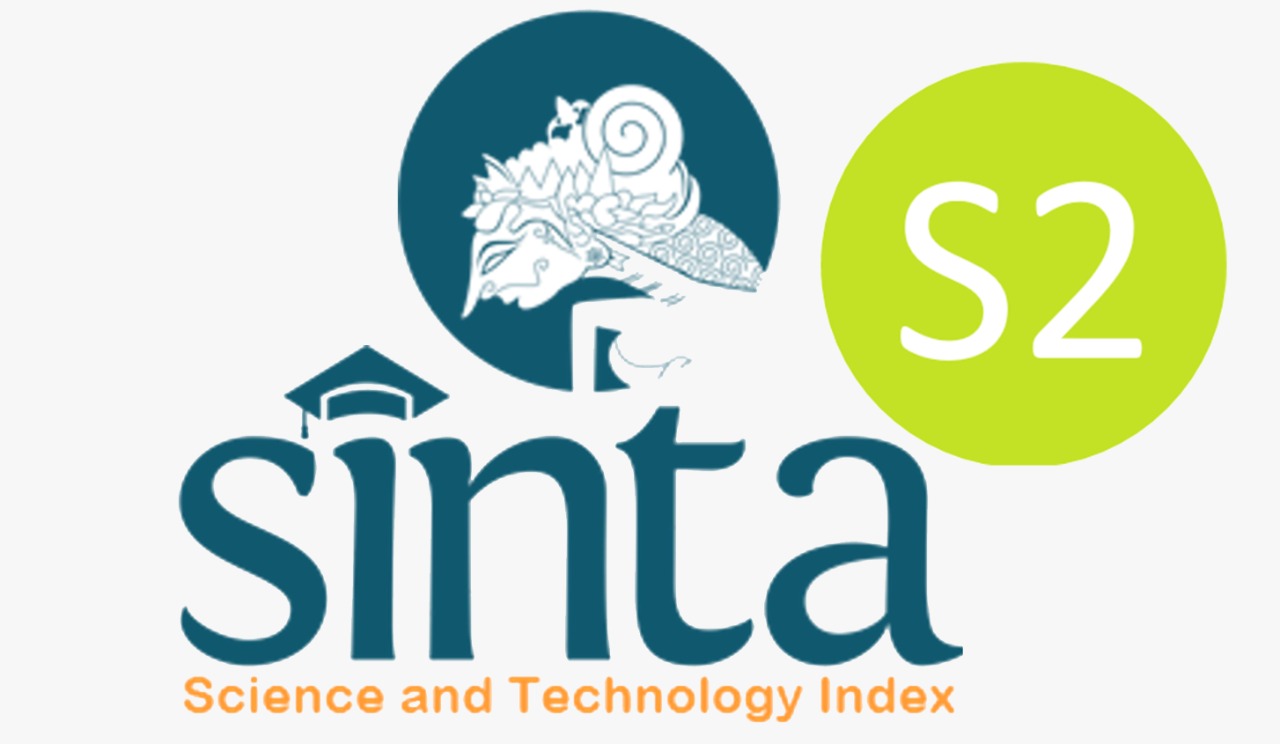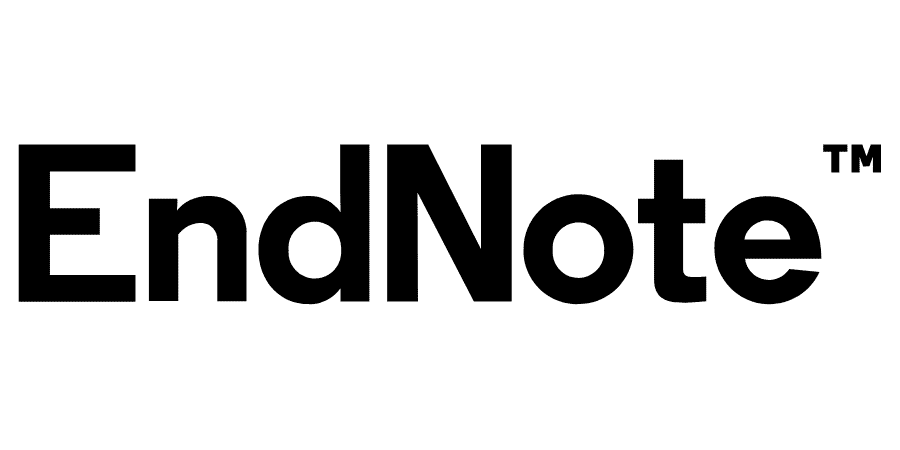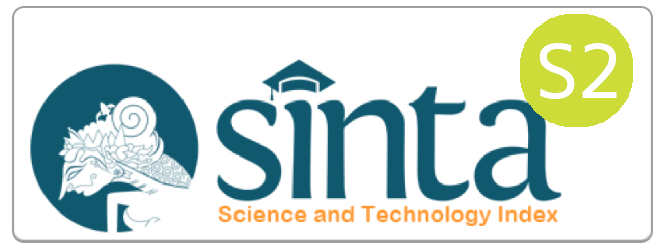DOES ISLAMIC FINANCE DRIVE ECONOMIC GROWTH IN INDONESIA? AN ANALYSIS USING VECTOR ERROR CORRECTION MODEL
Downloads
Introduction: Indonesia, as the second-largest Muslim-majority country in the world, has significant potential for developing the Islamic finance sector. On the other hand, the financial sector, including Islamic finance, plays a crucial role in a country's economic growth.
Methods: This study utilizes quarterly time-series data from 2011 to 2023, with economic growth (GDP) as the dependent variable. The independent variables include Islamic banking assets, outstanding sukuk value, and total zakat distribution. The analysis is conducted using the vector error correction model (VECM), beginning with stationarity testing, optimal lag selection, cointegration testing, model estimation, and variance decomposition analysis.
Results: The analysis results indicate that, in the short term, Islamic finance (Islamic banking, sukuk, and zakat) does not have a significant impact on Indonesia's economic growth. However, in the long term, these three variables have a positive and significant effect on economic growth.
Conclusion and suggestion: Islamic finance has been proven to play an essential role in driving Indonesia's long-term economic growth. Islamic banking contributes through real sector financing; sukuk supports infrastructure development, and zakat enhances societal welfare and aggregate consumption. The government needs to strengthen Islamic financial infrastructure, improve financial literacy, and enhance the inclusivity of Islamic finance in Indonesia.
Abd. Majid, M. S., & Kassim, S.H. (2015). Assessing the contribution of Islamic finance to economic growth: Empirical evidence from Malaysia. Journal of Islamic Accounting and Business Research, 6(2), 292–310.
Abduh, Muhamad., & Omar, Mohd Azmi. (2012). Islamic banking and economic growth: the Indonesian experience. International Journal of Islamic and Middle Eastern Finance and Management, 5(1), 35–47.
Abdullah, M., & Suhaib, A. Q. (2011). The impact of zakat on social life of Muslim society. Pakistan Journal of Islamic Research, 8(1), 85–91.
Adela, H. Ahmed. (2021). The Impact of Sukuk Issuance on Economic Growth: Evidence from Malaysia. The Arab World Geographer, 24(2), 119–131.
Al-Ali, S. (2019). Raising capital on ṣukūk markets: structural, legal and regulatory issues. Springer.
al-Qaraḍāwī, Y. (2000). Fiqh Al Zakah: A comparative study of Zakah, regulations and philosophy in the light of Qur’an and Sunnah. King Abdulaziz University.
Athoillah, M. A. (2018). The zakat effect on economic growth, unemployment, and poverty in the island of Java: Panel data analysis 2001-2012. Ekspansi: Jurnal Ekonomi, Keuangan, Perbankan, Dan Akuntansi, 10(2), 205–230.
Atici, G. (2018). Islamic (participation) banking and economic growth: Empirical focus on Turkey. Asian Economic and Financial Review, 8(11), 1354–1364.
Baznas. (2022). Badan Amil Zakat Nasional: Lampiran Laporan Pengelolaan Zakat Nasional.
Bencivenga, V. R., & Smith, B. D. (1991). Financial intermediation and endogenous growth. Review of Economic Studies, 58(2), 195–209. https://doi.org/10.2307/2297964
Boukhatem, J., & Moussa, F. Ben. (2018). The effect of Islamic banks on GDP growth: Some evidence from selected MENA countries. Borsa Istanbul Review, 18(3), 231–247.
Butt, H. A., Sadaqat, M., & Shear, F. (2023). Does Islamic financial development foster economic growth? International evidence. Journal of Islamic Accounting and Business Research, 14(6), 1013–1029. https://doi.org/10.1108/JIABR-10-2022-0267
Chowdhury, M. A. F., Akbar, C. S., & Shoyeb, M. (2018). Nexus between risk sharing vs non-risk sharing financing and economic growth of Bangladesh: ARDL bound testing and continuous wavelet transform (CWT) approach. Managerial Finance, 44(6), 739–758.
Demirguc-Kunt, A., Laeven, L., & Levine, R. (2003). Regulations, market structure, institutions, and the cost of financial intermediation. Cambridge, Mass., USA: National Bureau of Economic Research.
Elmawazini, K., Khiyar, K. A., & Aydilek, A. (2020). Types of banking institutions and economic growth. International Journal of Islamic and Middle Eastern Finance and Management, 13(4), 553–578. https://doi.org/10.1108/IMEFM-09-2018-0304
Furqani, H., & Mulyany, R. (2009). Islamic banking and economic growth: Empirical evidence from Malaysia. Journal of Economic Cooperation & Development, 30(2).
Gani, I. M., & Bahari, Z. (2021). Islamic banking’s contribution to the Malaysian real economy. ISRA International Journal of Islamic Finance, 13(1), 6–25.
Goldsmith, R. W. (1959). Financial structure and development as a subject for international comparative study. In R.W. Goldsmith (Ed.), The comparative study of economic growth and structure (pp. 114–123). NBER.
Gurley, J. G., & Shaw, E. S. (1955). Financial aspects of economic development. The American Economic Review, 45(4), 515–538.
Hassan, M. K., Sanchez, B., & Yu, J.-S. (2011). Financial development and economic growth: New evidence from panel data. The Quarterly Review of Economics and Finance, 51(1), 88–104.
Jedidia, K. Ben, & Guerbouj, K. (2020). Effects of zakat on the economic growth in selected Islamic countries: empirical evidence. International Journal of Development Issues, 20(1), 126–142.
Junaidi, J. (2022). Religiosity versus profit-loss sharing: how Islamic banks brand fidelity influence the Muslim consumers’ commitment. Journal of Islamic Accounting and Business Research, 13(6), 960–976.
Kassim, S. (2016). Islamic finance and economic growth: The Malaysian experience. Global Finance Journal, 30, 66–76.
Khasandy, E. A., & Badrudin, R. (2019). The influence of zakat on economic growth and welfare society in Indonesia.
Khediri, K. Ben, Charfeddine, L., & Youssef, S. Ben. (2015). Islamic versus conventional banks in the GCC countries: A comparative study using classification techniques. Research in International Business and Finance, 33, 75–98.
Lahsasna, A., Hassan, K. M., & Ahmad, R. (2018). Forward lease Sukuk in Islamic capital markets. Structure and Governing Rules. Springer Nature.
Lebdaoui, H., & Wild, J. (2016). Islamic banking presence and economic growth in Southeast Asia. International Journal of Islamic and Middle Eastern Finance and Management, 9(4), 551–569.
Ledhem, M. A. (2020). Does Sukuk financing boost economic growth? Empirical evidence from Southeast Asia. PSU Research Review, 6(3), 141–157.
Ledhem, M. A., & Mekidiche, M. (2020). Economic growth and financial performance of Islamic banks: a CAMELS approach. Islamic Economic Studies, 28(1), 47–62.
Ledhem, M. A., & Mekidiche, M. (2021). Islamic finance and economic growth nexus: an empirical evidence from Southeast Asia using dynamic panel one-step system GMM analysis. Journal of Islamic Accounting and Business Research, 12(8), 1165–1180. https://doi.org/10.1108/JIABR-03-2021-0107
Love, I. (2003). Financial development and financing constraints: International evidence from the structural investment model. The Review of Financial Studies, 16(3), 765–791.
LSEG, & ICD. (2023). Islamic Finance Development Report 2023: Navigating Uncertainty. Islamic Finance Development Indicator, 76.
Nugraheni, P., & Muhammad, R. (2023). The optimisation of Qardhul Hasan management in Islamic banking: enhancing its role in empowering the community. Journal of Enterprising Communities: People and Places in the Global Economy, 18(3), 469-486. https://doi.org/10.1108/JEC-08-2022-0113
Otoritas Jasa Keuangan. (2022). Laporan Perkembangan Keuangan Syariah 2022. Lap Perkembangan Keuangan Syariah Indonesia, 1–184. https://ojk.go.id/id/kanal/syariah/data-dan-statistik/laporan-perkembangan-keuangan-syariah-indonesia/Pages/Laporan-Perkembangan-Keuangan-Syariah-Indonesia-2022.aspx
Otoritas Jasa Keuangan. (2023). Desember 2023. Statistika Perbkan Syariah, Sharia Banking Statistic, December, 19–119.
Rafay, A., & Farid, S. (2017). Dynamic relationship between islamic banking system and real economic activity: Evidence from Pakistan. Journal of King Abdulaziz University, Islamic Economics, 30(2), 97–116.
Saleem, A., Sági, J., & Setiawan, B. (2021). Islamic financial depth, financial intermediation, and sustainable economic growth: ARDL approach. Economies, 9(2), 1–22. https://doi.org/10.3390/economies9020049
Salem, A. Ben, & Abdelkader, I. Ben. (2023). Diversification and performance of microfinance institutions: does Islamic microfinance model matter? International Journal of Islamic and Middle Eastern Finance and Management, 16(5), 975–995.
Sari, N., Syamsurijal, A. K., & Widiyanti, M. (2018). The impact of Islamic capital market development on economic growth: The case of Indonesia. Journal of Smart Economic Growth, 3(2), 21–30.
Schumpeter, J. A., & Swedberg, R. (2021). The theory of economic development. Routledge.
Smaoui, H., & Nechi, S. (2017). Does sukuk market development spur economic growth? Research in International Business and Finance, 41, 136–147.
State of the Global Islamic Economy Report. (2023). State of the Global Islamic Economy Report. DinarStandard, 1–40. https://haladinar.io/hdn/doc/report2018.pdf
Suprayitno, E. (2020). The impact of zakat on economic growth in 5 state in Indonesia. International Journal of Islamic Banking and Finance Research, 4(1), 1–7.
Tamanni, L., & Besar, M. H. A. H. (2019). Profitability vs Poverty alleviation: has banking logic influences Islamic microfinance institutions? Asian Journal of Accounting Research, 4(2), 260–279.
Yıldırım, S., Yıldırım, D. C., & Diboglu, P. (2020). Does Sukuk market development promote economic growth? PSU Research Review, 4(3), 209–218.
Yüksel, S., & Canöz, I. (2017). Does Islamic banking contribute to economic growth and industrial development in Turkey. Ikonomika, 2(1), 93–102.
Zirek, D., Celebi, F., & Kabir Hassan, M. (2016). The islamic banking and economic growth nexus: A panel VAR analysis for organization of islamic cooperation (OIC) countries. Journal of Economic Cooperation and Development, 37(1), 69–100.
Copyright (c) 2025 Eko Kurniawan, Lina Nugraha Rani, Tanza Dona Pertiwi

This work is licensed under a Creative Commons Attribution-ShareAlike 4.0 International License.
Authors who publish with Jurnal Ekonomi dan Bisnis Airlangga agree to the following terms:The journal allows the author to hold the copyright of the article without restrictions.
The journal allows the author(s) to retain publishing rights without restrictions
The legal formal aspect of journal publication accessibility refers to Creative Commons Attribution Share-Alike (CC BY-SA).
Jurnal Ekonomi dan Bisnis Airlangga (JEBA) is licensed under a Creative Commons Attribution-ShareAlike 4.0 International License

















